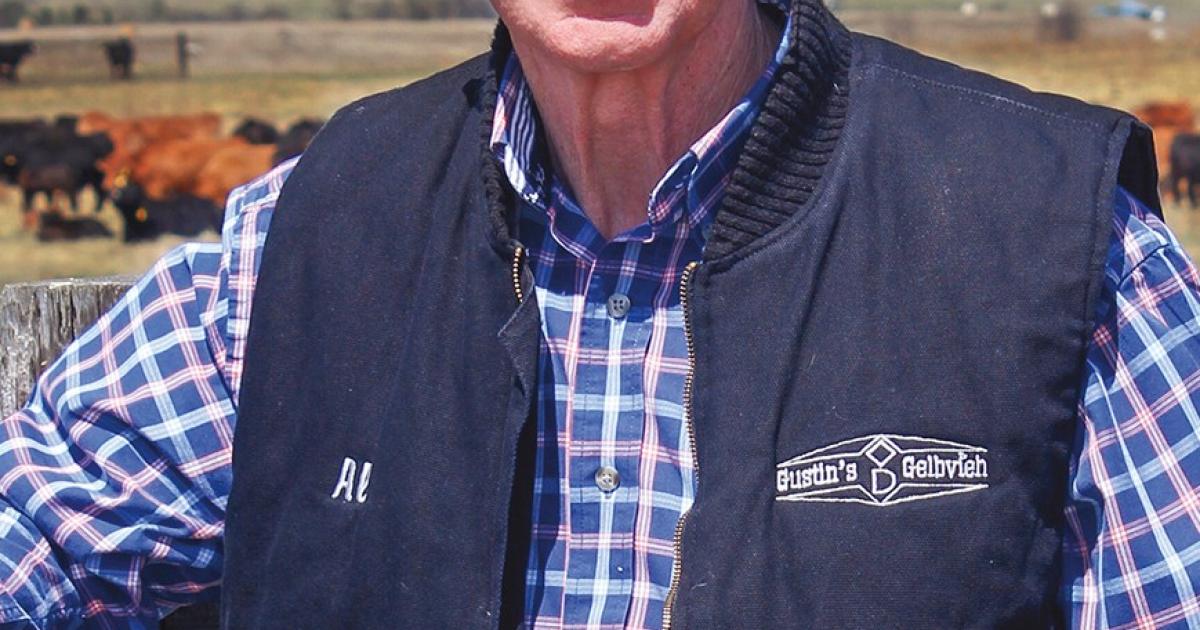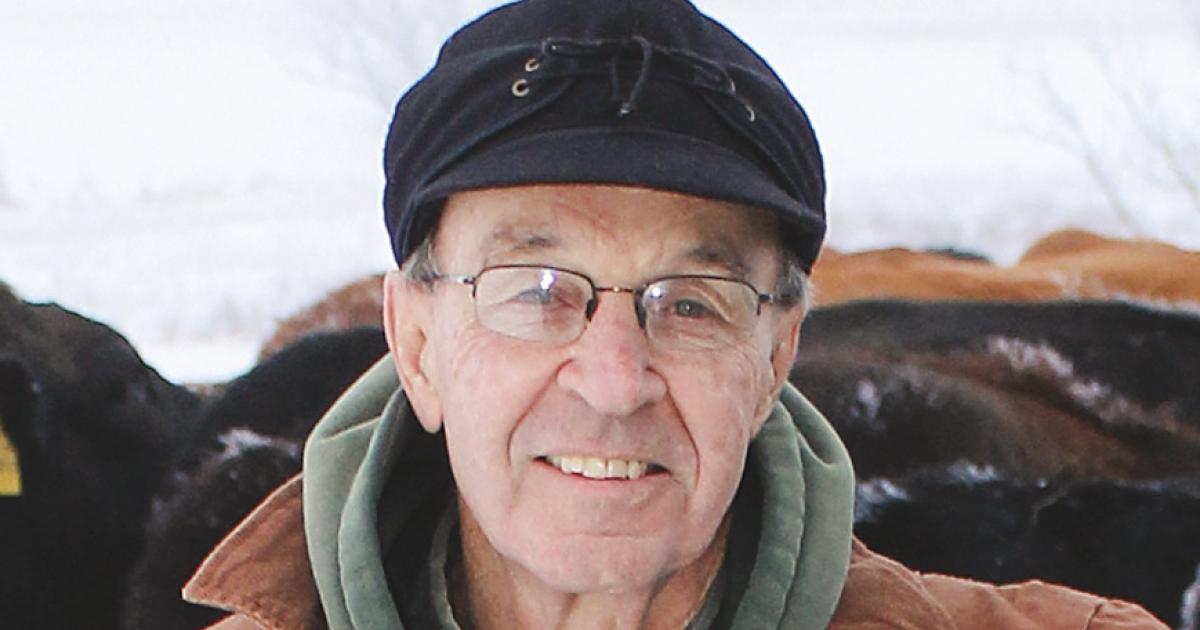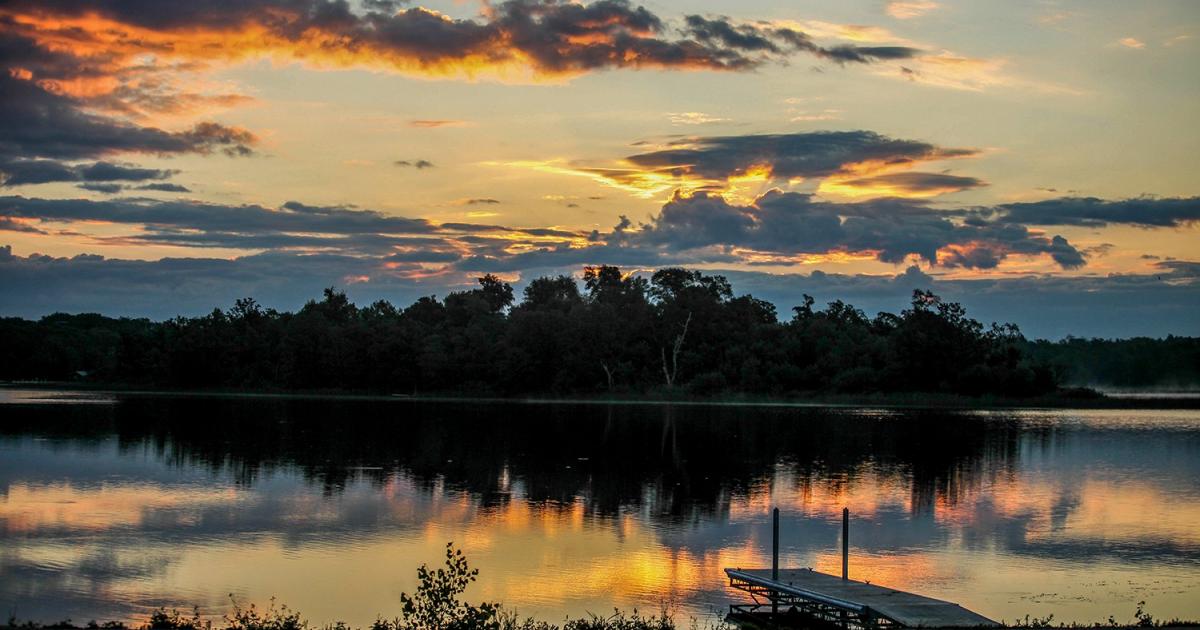Farm Byline
Thinking about his years growing up on the farm, the old-timer said, “And everything had a damned handle on it.” The comment brought back lots of memories of my early years of farm and ranch work. Much of it was done “by hand,” which implies there were lots of handles. This was before hydraulics became commonplace, before there were electric and pneumatic tools, before skidsteer loaders and before UTVs ferried feed buckets across the yard.
Some of you have heard this story. Sixty years ago, in the fall of 1965, I was a freshman at North Dakota State University (NDSU), living in Reed Hall on the north end of campus. With no career plan, I had majored in arts and sciences, and many of my classes were in Minard Hall on the south end of campus. At least twice a day, going from dorm to class and class to dorm, I passed Shepperd Arena.
My visit to the new Heritage Center in 2014 was full of surprises. I was surprised to see two of the large galleries were not about the history of North Dakota at all, but rather about the history of this expanse of land which would someday become North Dakota.
I was surprised a third post-statehood gallery had a relatively small area devoted to farming and ranching. I had expected more. It was also surprising to me to see a significant percentage of this agricultural display had exhibits about modern agriculture, not about our agricultural heritage.
We had a really good juneberry crop this year, at least on the trees in our yard. As I was picking, I recalled the time several years ago when I was cutting hay on a field far off the beaten path. Just a trail separated the hayfield from some wooded hills. I knew Tim, the man who owned those hills. As I began cutting, I saw a pickup truck parked on the trail. It wasn’t Tim’s.
When the radio announcer mentioned the sponsors for a special ag broadcast, his list included the Minnesota Farmers Union, the South Dakota Farmers Union and the NDFB. There was a time when the announcer would have said North Dakota Farm Bureau, instead of NDFB. But that was before a rebranding of sorts.
There’s a group of retired ag guys who get together every morning for breakfast. I join them occasionally. It’s a good group with good conversation. Once a month, they meet in the afternoon and spouses are invited. When I got the notification about the April afternoon get-together, I replied to the text saying we wouldn’t be able to join them, because I was going to fix fence. My reply drew several responses. One said the only thing worse than fixing fence was picking rocks.
We were three days into spring. It was March 23, and the lady who greeted me outside of church said she had seen a robin and a meadowlark that morning. I understood why those sightings were so meaningful to her and worth mentioning. I had seen robins and a meadowlark in preceding days, and I, too, felt the urge to tell someone. It’s because of what their annual appearance represents – the hope of spring.
In the summer of 1965, I hauled feed barley to the Occident Elevator in Mandan in Dad’s 1950 three-quarter-ton Chevy pickup truck. The price of feed barley had finally climbed above $1 a bushel, a price too good to pass up. The year before must have been a good enough harvest to have enough barley for the hogs and milk cows, with enough leftover for seed, so that feed barley ended up as a cash crop.
Picture this. It’s the 1930s. A middle-aged farmer, wearing bib overalls and a plaid shirt, is sitting in a chair listening intently to the cathedral-style radio on the table next to him. Through a nearby window, you can see ominous clouds approaching. That painting was commissioned by the National Association of Farm Broadcasting (NAFB) to salute farm radio. It depicts the immediacy of radio in an era when rural America was isolated.



















